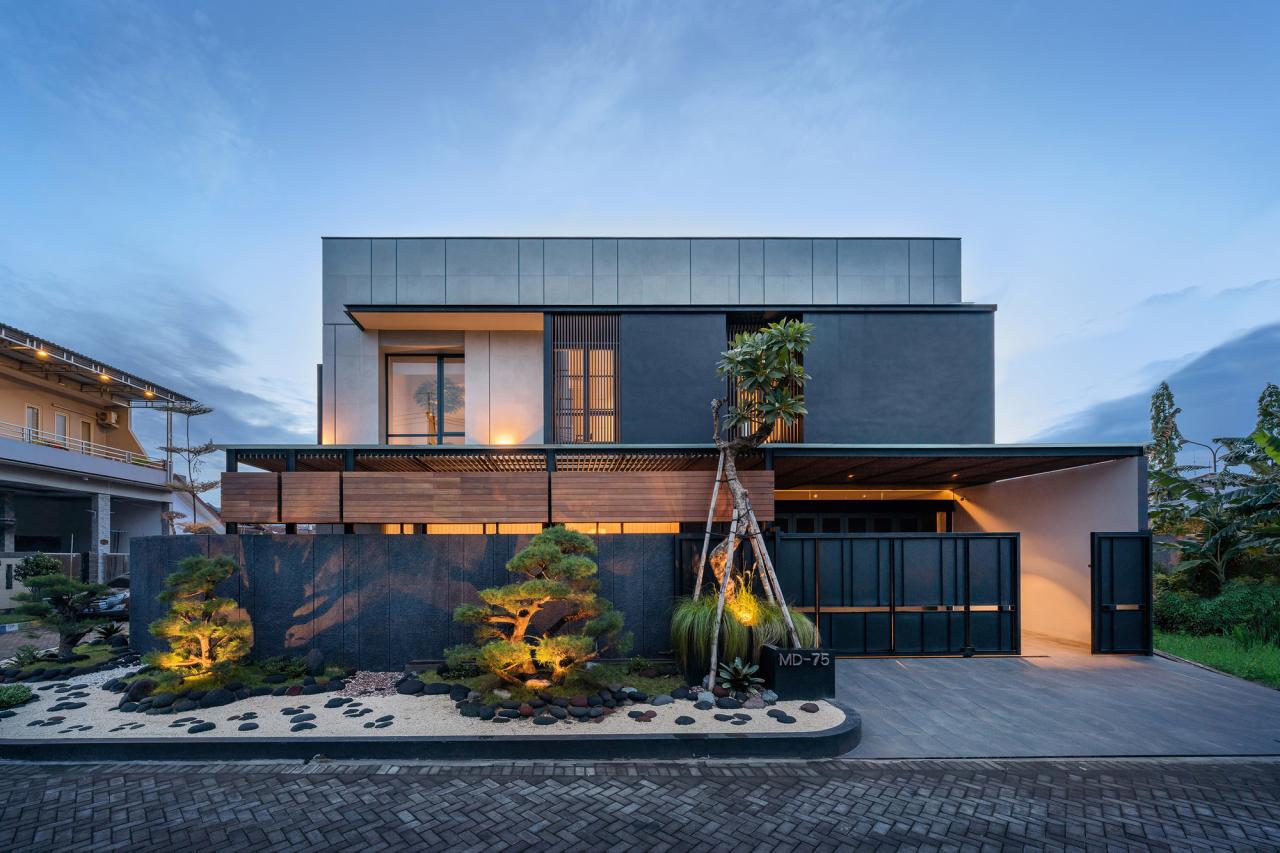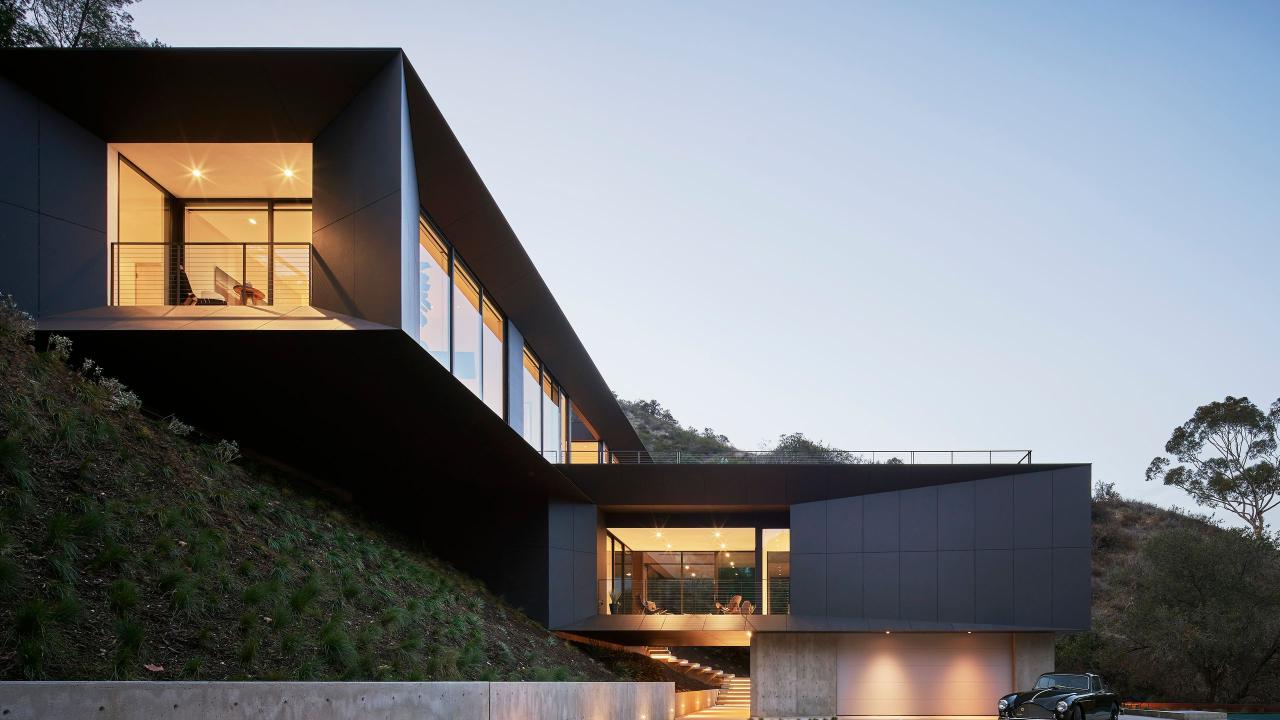Residential architecture is more than just creating a place to live; it’s about crafting an experience, a sanctuary, and a reflection of a homeowner’s unique identity. The most unforgettable residential buildings are those that seamlessly blend aesthetics with functionality, comfort with innovation, and human needs with environmental harmony. They are a testament to the fact that a home is not just a shelter but a dynamic, living space that profoundly impacts our well-being. For a homeowner looking to build or renovate, understanding the principles behind these remarkable designs is crucial. It’s the difference between a house and a true “dream home” that will stand the test of time and enrich the lives of its inhabitants.
This comprehensive article will delve into the essential elements that go into crafting unforgettable residential buildings. We’ll explore the core design philosophies, the use of cutting-edge materials and technology, and the focus on a human-centric approach that defines this new era of residential architecture. We will also analyze how these principles are being applied to create homes that are not only stunning but also sustainable, intelligent, and deeply personal. Our goal is to provide a detailed and inspiring guide to the art and science of building a home that is truly exceptional.
The Art of Human-Centric Design

At the heart of every unforgettable residential building is a design philosophy that puts the human experience first. It’s a move away from a “one-size-fits-all” approach to a deeply personalized one, where the home is a direct reflection of its occupants’ lifestyle, values, and needs.
A. Seamless Indoor-Outdoor Living: A hallmark of modern residential design is the intentional blurring of the line between the indoor and outdoor spaces. Visionary architects are achieving this through features like floor-to-ceiling glass walls, expansive sliding doors, and private courtyards that serve as extensions of the home. This connection to nature not only enhances the aesthetic appeal but also has a proven positive impact on mental health and well-being. It creates a sense of openness and allows for a constant dialogue with the surrounding environment, making the home feel larger and more harmonious.
B. Multi-Functional and Adaptable Spaces: Contemporary life is dynamic, and a home must be equally adaptable. The most unforgettable residential buildings are those with multi-functional spaces that can be easily transformed to suit different needs. A guest bedroom might double as a home office or a yoga studio, while a dining room could serve as a creative workspace. This is achieved through clever design elements like modular furniture, concealed storage, and a layout that allows for easy reconfiguration without major renovations. This level of flexibility ensures that the home remains relevant and functional for years to come, accommodating changes in family size or lifestyle.
C. The Prioritization of Natural Light: For the design expert, natural light is a fundamental building material. They are crafting plans that maximize daylight through features like skylights, light wells, and strategic window placement. This not only reduces the need for artificial lighting but also has a powerful effect on the occupants’ circadian rhythm, improving sleep quality and overall mood. A home that is flooded with natural light feels more spacious, more inviting, and more alive.
D. The Use of Sensory Design: An unforgettable home is one that engages all the senses. Architects are now paying meticulous attention to how a space feels, sounds, and smells. This includes selecting materials with unique tactile qualities, designing for optimal acoustics to create a peaceful environment, and incorporating elements like indoor gardens or natural finishes that appeal to our sense of smell. This focus on sensory design creates a home that is not just a feast for the eyes but a sanctuary for the mind and body.
The Fusion of Innovation and Sustainability

The modern definition of a luxury home is inextricably linked to its environmental footprint. The most sought-after residential buildings are those that are not only beautiful but also intelligent, efficient, and built with a profound respect for the planet.
A. Net-Zero and Regenerative Design: The ultimate statement in sustainable residential building is a home that is either net-zero (producing as much energy as it consumes) or regenerative (producing more energy than it consumes). This is achieved through a combination of high-performance insulation, passive design principles, and on-site renewable energy sources like solar panels and geothermal heating. This trend reduces a home’s operating costs to a minimum while providing a powerful, eco-friendly statement that appeals to a new generation of homeowners.
B. The Use of Eco-Conscious Materials: The choice of building materials is a key indicator of modern sophistication. Architects are prioritizing the use of sustainably sourced, reclaimed, and recycled materials. This includes everything from reclaimed wood for flooring and furniture to eco-friendly concrete mixes and cross-laminated timber (CLT), which has a significantly lower carbon footprint than traditional steel. These materials not only reduce environmental impact but also often possess a unique aesthetic and a story that adds to a home’s character.
C. Integrated Smart Technology: An unforgettable home is one that is also intelligent. Visionary architects are seamlessly integrating smart technology into the very fabric of the home, ensuring that it is felt, not seen. This includes a centralized home automation system that controls everything from lighting and climate to security and entertainment. These systems can be programmed to anticipate the needs of the residents, creating a responsive and personalized living experience. The technology is discreet, intuitive, and serves a greater purpose than mere convenience—it enhances comfort and security.
D. Water Conservation and Management: With growing concerns about water scarcity, a high-end home now includes sophisticated water conservation systems. This can range from the specification of low-flow fixtures and appliances to the design of rainwater harvesting systems that collect and filter water for irrigation and non-potable use. These systems not only save a precious resource but also make the home more resilient and self-sufficient.
The Importance of Exceptional Craftsmanship and Detail
In a world of mass-produced goods, true value lies in the bespoke and the meticulously crafted. The most unforgettable residential buildings are a testament to the power of exceptional craftsmanship and an obsessive attention to detail.
A. Bespoke and Artisanal Elements: The new masters of residential design are working with artisans to create unique, one-of-a-kind elements for their homes. This could be a custom-milled staircase, a handcrafted light fixture, or a unique wall treatment. This focus on artisanal craftsmanship ensures that the home is not just a building but a work of art, with a soul and a story that cannot be replicated.
B. The Strategic Use of Textures and Finishes: The elegance of a space is often found in the details. Designers are moving beyond a simple color palette and are embracing the strategic use of textures and finishes to create depth and warmth. This could be a raw concrete wall that contrasts with a polished wood floor, or a woven textile that adds a layer of softness to a minimalist space. The interplay of these textures makes a home feel rich and inviting without being cluttered.
C. The Fusion of Art and Architecture: An unforgettable home is one that is designed to be a gallery for life. Architects are collaborating with artists to create integrated installations that are a part of the building itself, such as a sculpted metal facade or a mural painted directly onto a wall. This fusion of art and architecture ensures that the home is a constant source of inspiration and visual delight.
D. A Focus on Durability and Longevity: Exceptional craftsmanship also means building a home that is designed to last. The most unforgettable residential buildings are constructed with a focus on durability, using high-quality materials and building techniques that ensure they can withstand the test of time and the elements. This focus on longevity is a powerful statement against a throwaway culture and is seen as a mark of true quality and foresight.
Conclusion
Crafting an unforgettable residential building is a complex and rewarding endeavor that requires a deep understanding of art, science, and human behavior. It is a process that goes far beyond traditional blueprints and interior design. By embracing a human-centric approach, seamlessly blending innovation and sustainability, and focusing on exceptional craftsmanship, visionary architects are creating a new generation of homes that are not just beautiful but also intelligent, resilient, and deeply personal. These homes are a testament to the idea that our living environments have a profound impact on our lives, and that thoughtful design can be a powerful force for positive change.
The future of residential architecture is bright, with a clear focus on creating homes that are not just shelters but living, breathing sanctuaries that nurture the body and soul. The legacy of these unforgettable buildings will be measured not just by their aesthetic appeal or their monetary value, but by their ability to enrich the lives of their inhabitants and to stand as a symbol of a more conscious, sustainable, and artful way of life. They remind us that the greatest luxury is not in what we own, but in the quality of the spaces we inhabit. The path ahead is clear: the most desirable homes of tomorrow will be the ones that are the most thoughtfully and brilliantly designed, setting a new standard for what it truly means to live a life of comfort, beauty, and purpose.









